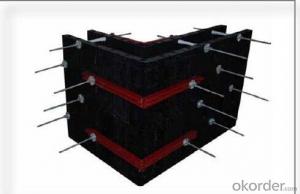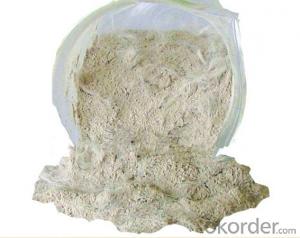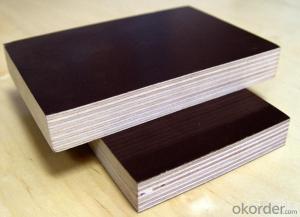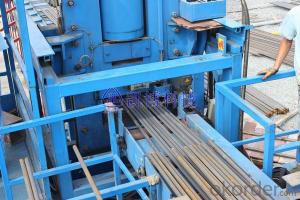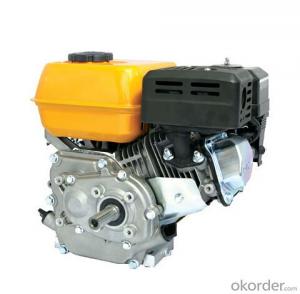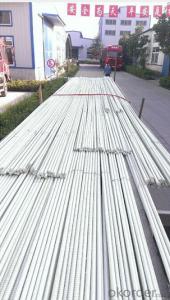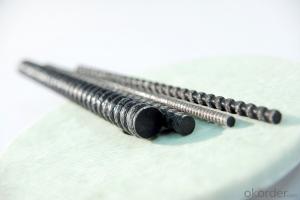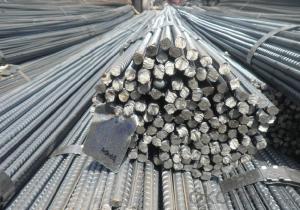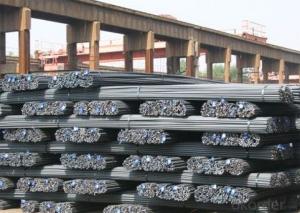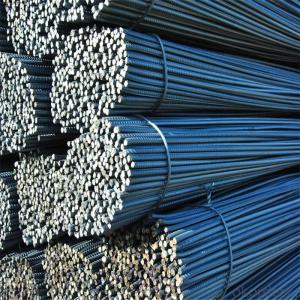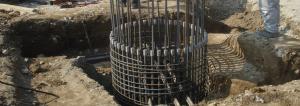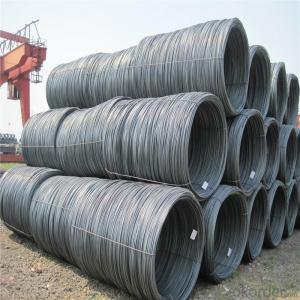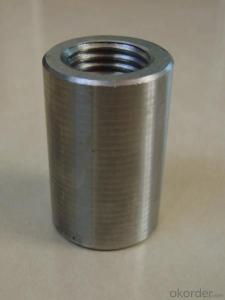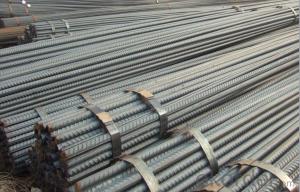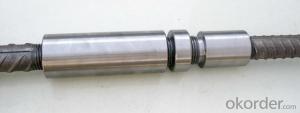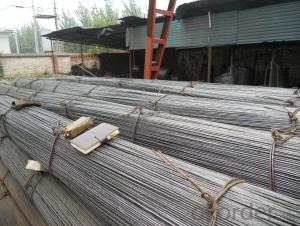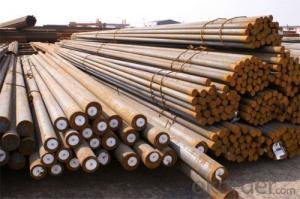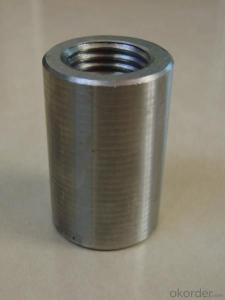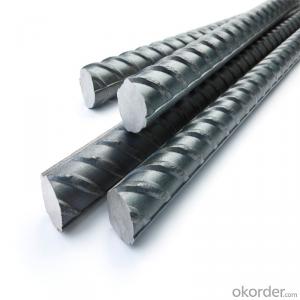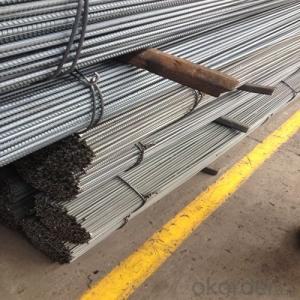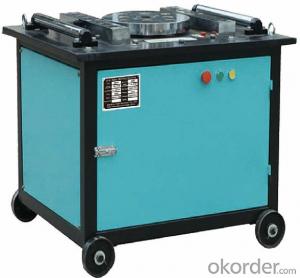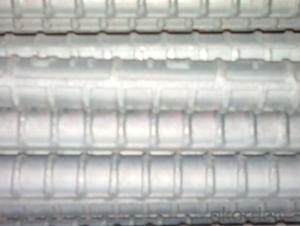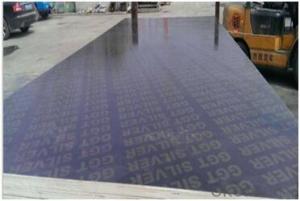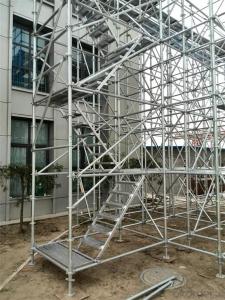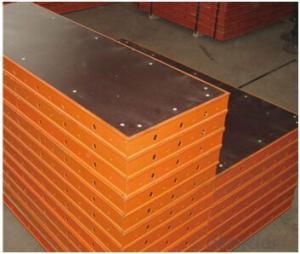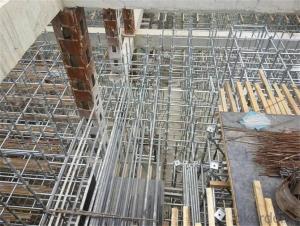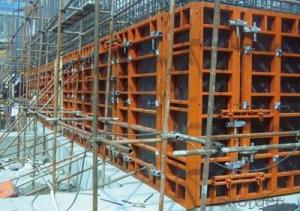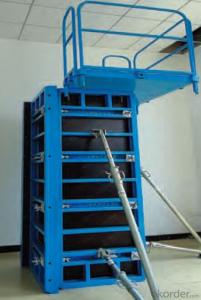When Was Rebar Invented
When Was Rebar Invented Related Searches
When Was Rebar InventedHot Searches
12Mm Mdf PriceWhen Was Rebar Invented Supplier & Manufacturer from China
Okorder.com is a professional When Was Rebar Invented supplier & manufacturer, offers integrated one-stop services including real-time quoting and online cargo tracking. We are funded by CNBM Group, a Fortune 500 enterprise and the largest When Was Rebar Invented firm in China.Hot Products
FAQ
- Some of the different types of formwork wedges used with steel frame formwork include flat wedges, wedge bolts, and snap ties. These wedges are used to secure the formwork panels together and provide stability during the concrete pouring process.
- Construction projects utilize various reinforcement systems with steel frame formwork to enhance strength and stability. These systems ensure the formwork's ability to withstand the weight and pressure exerted by the poured concrete. An example of a commonly employed reinforcement system for steel frame formwork is the incorporation of steel bars or rods. These bars are positioned both horizontally and vertically within the formwork, creating a grid-like pattern. This arrangement serves to evenly distribute the concrete's weight and pressure, preventing any collapse or deformation of the formwork. Another reinforcement system employed with steel frame formwork involves the utilization of steel mesh or wire. This mesh or wire is inserted into the formwork to provide further reinforcement and prevent the concrete from cracking or breaking under pressure. Ties or clips are used to secure the mesh or wire in place, ensuring its stability during the pouring and curing process. Besides steel bars and mesh, other reinforcement systems for steel frame formwork include the use of fiber-reinforced polymers (FRPs) and plastic or composite materials. These lightweight yet robust materials offer excellent reinforcement properties. FRPs are particularly beneficial in scenarios requiring corrosion resistance, as they are not susceptible to rust or degradation. Ultimately, the choice of reinforcement system for steel frame formwork depends on various factors, including project requirements, concrete type and load, and desired strength and stability levels. Consulting a structural engineer or construction professional is crucial to determine the most suitable reinforcement system for a specific project.
- Yes, steel frame formwork can be used for both temporary and permanent structures. Steel frame formwork is a versatile and durable system that can be used for a wide range of construction projects, including both temporary and permanent structures. Its strength and stability make it suitable for long-term use in permanent structures, while its flexibility and ease of assembly and disassembly make it ideal for temporary structures as well. Additionally, steel frame formwork is highly customizable, allowing it to be adapted to different project requirements and specifications. Overall, steel frame formwork is a reliable and efficient solution for constructing both temporary and permanent structures.
- The specific requirements of the construction project dictate the potential variation in the standard height and width of steel frame formwork panels. Nevertheless, there are generally accepted norms within the industry that are commonly adhered to. Typically, the standard height of steel frame formwork panels falls between 1.8 meters and 2.4 meters (6 feet and 8 feet). This height facilitates easy handling and installation on-site, while offering adequate vertical support for pouring concrete. With regard to width, standard steel frame formwork panels are usually obtainable in widths that span from 0.6 meters to 1.2 meters (2 feet to 4 feet). The width is determined by the desired dimensions of the concrete structure and the ease of assembly and disassembly of the formwork system. It should be emphasized that these measurements are not set in stone and can be tailored to meet the specific requirements of a project. Contractors and engineers may select varying panel heights and widths based on factors like the complexity of the structure, load-bearing capacity, and desired concrete surface finish. Ultimately, the standard dimensions of steel frame formwork panels provide a foundation for construction projects, but they can be modified and customized to cater to the unique demands of each undertaking.
- Yes, there are limitations to the size and shape of structures that can be constructed using steel frame formwork. While steel frame formwork is a versatile construction method, it does have certain constraints. One limitation is the size of the steel frames themselves. These frames come in standard sizes and dimensions, and the structure being constructed must conform to these dimensions. If a project requires unconventional or non-standard dimensions, additional customization or modifications may be necessary, which can increase costs and construction time. Another limitation is the weight-bearing capacity of the steel frame formwork. Steel frames have a maximum load capacity that must be respected to ensure structural integrity and safety. Depending on the design and purpose of the structure, the weight of the materials used, and the expected loads, the size and spacing of the steel frames may need to be adjusted accordingly. The shape of the structure is also a limiting factor. Steel frame formwork is typically well-suited for rectangular or square structures, as it can easily accommodate straight lines and right angles. However, if a project requires complex or irregular shapes, additional measures, such as custom-made formwork or additional support structures, may be necessary to achieve the desired design. In summary, while steel frame formwork offers many advantages in construction, there are limitations to the size and shape of structures that can be built using this method. These limitations stem from the standard sizes and load-bearing capacity of the steel frames, as well as the constraints of accommodating unconventional dimensions or complex shapes.
- In corrosive environments, there are several specific factors to consider when using steel frame formwork. To begin with, it is crucial to select the appropriate type of steel for the formwork. Stainless steel, which contains high levels of chromium, is commonly utilized in corrosive environments due to its outstanding corrosion resistance properties. It is resistant to rust and can endure exposure to corrosive substances like saltwater or chemicals. In addition, it is necessary to adequately coat or protect the formwork to prevent corrosion. This can be achieved through methods such as galvanization or the application of protective coatings like epoxy or zinc-rich paint. These coatings create a barrier that prevents corrosive agents from reaching the steel surface and causing damage. Moreover, regular maintenance and inspection are vital to ensure the longevity of the steel formwork in a corrosive environment. This involves regularly cleaning to eliminate any accumulated corrosive substances and conducting periodic inspections to detect any signs of corrosion or damage. Any identified corrosion should be promptly addressed and repaired to prevent further deterioration. Lastly, it is essential to consider the design and construction of the formwork in order to minimize the potential for corrosion. This may entail incorporating features such as proper drainage to prevent the accumulation of corrosive substances, avoiding the use of dissimilar metals that can cause galvanic corrosion, and ensuring adequate ventilation to reduce moisture levels. Overall, the utilization of steel frame formwork in corrosive environments necessitates careful material selection, protective coatings, regular maintenance, and appropriate design considerations to ensure the durability and longevity of the formwork.
- Steel frame formwork is a versatile and efficient method for constructing concrete structures, and it can handle the placement of soundproofing and acoustical materials within the concrete structure effectively. Soundproofing and acoustical materials are essential in minimizing the transmission of sound between different spaces or areas within a building. These materials are typically installed within the walls, floors, and ceilings of a structure to create a barrier against unwanted noise. When using steel frame formwork, the process of incorporating soundproofing and acoustical materials into the concrete structure can be easily accommodated. The formwork system provides a stable and secure framework that allows for precise and accurate placement of these materials during the pouring of concrete. Steel frame formwork can be customized to accommodate the specific requirements of soundproofing and acoustical materials. It can be designed with openings or recesses to accommodate the placement of these materials at the desired locations. These openings can be strategically placed to ensure optimal sound insulation throughout the structure. Additionally, steel frame formwork allows for easy installation and removal of formwork panels, which simplifies the process of installing soundproofing and acoustical materials. The panels can be easily adjusted or modified to accommodate the specific dimensions and shapes required for the materials. Furthermore, steel frame formwork provides excellent structural integrity and stability, ensuring that the soundproofing and acoustical materials are securely held in place during the pouring and curing of concrete. This prevents any displacement or damage to these materials, which could affect their effectiveness in reducing sound transmission. In conclusion, steel frame formwork is a suitable method for handling the placement of soundproofing and acoustical materials within a concrete structure. Its versatility, precision, and stability make it an ideal choice for incorporating these materials effectively, ensuring optimal sound insulation in the finished building.
- Yes, steel frame formwork typically requires specific tools for installation. Some of the common tools needed include adjustable spanners, wrenches, mallets, hammers, screwdrivers, pliers, and measuring tapes. Additionally, specialized tools such as formwork clamps, tie rods, cones, and formwork release agents may also be required depending on the specific project requirements. These tools are essential for assembling, adjusting, and securing the steel frames together, ensuring proper alignment and stability during the concrete pouring process.

